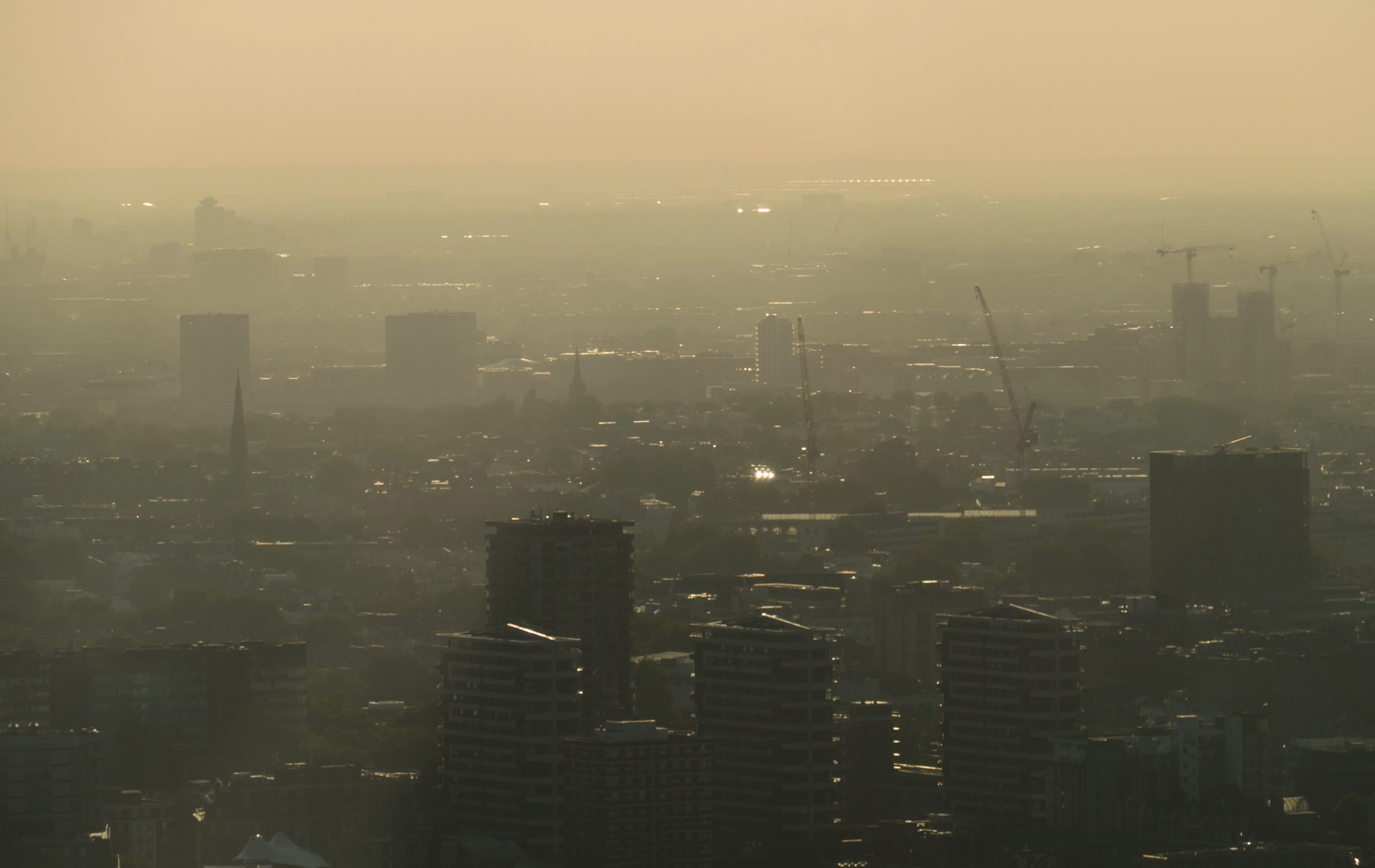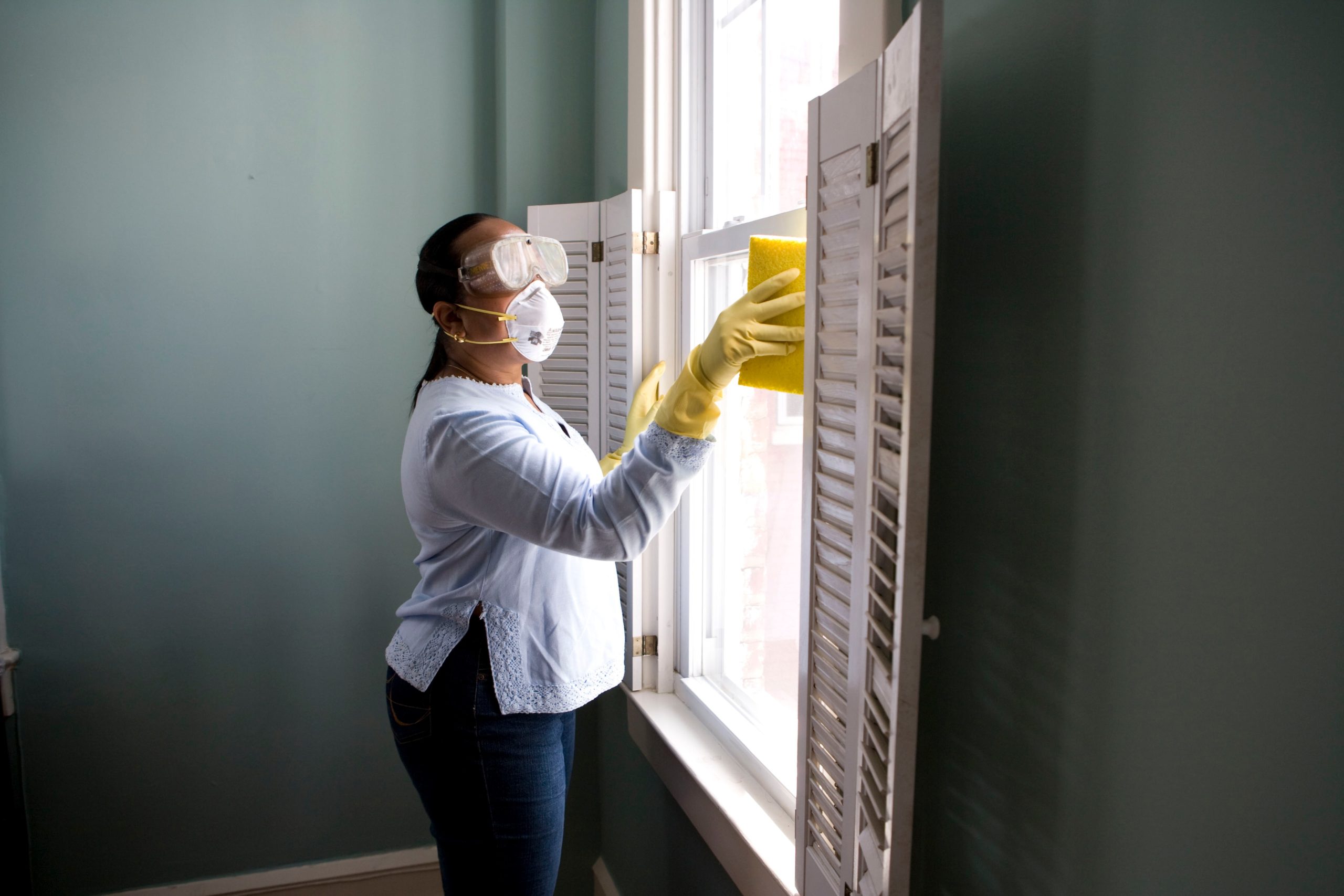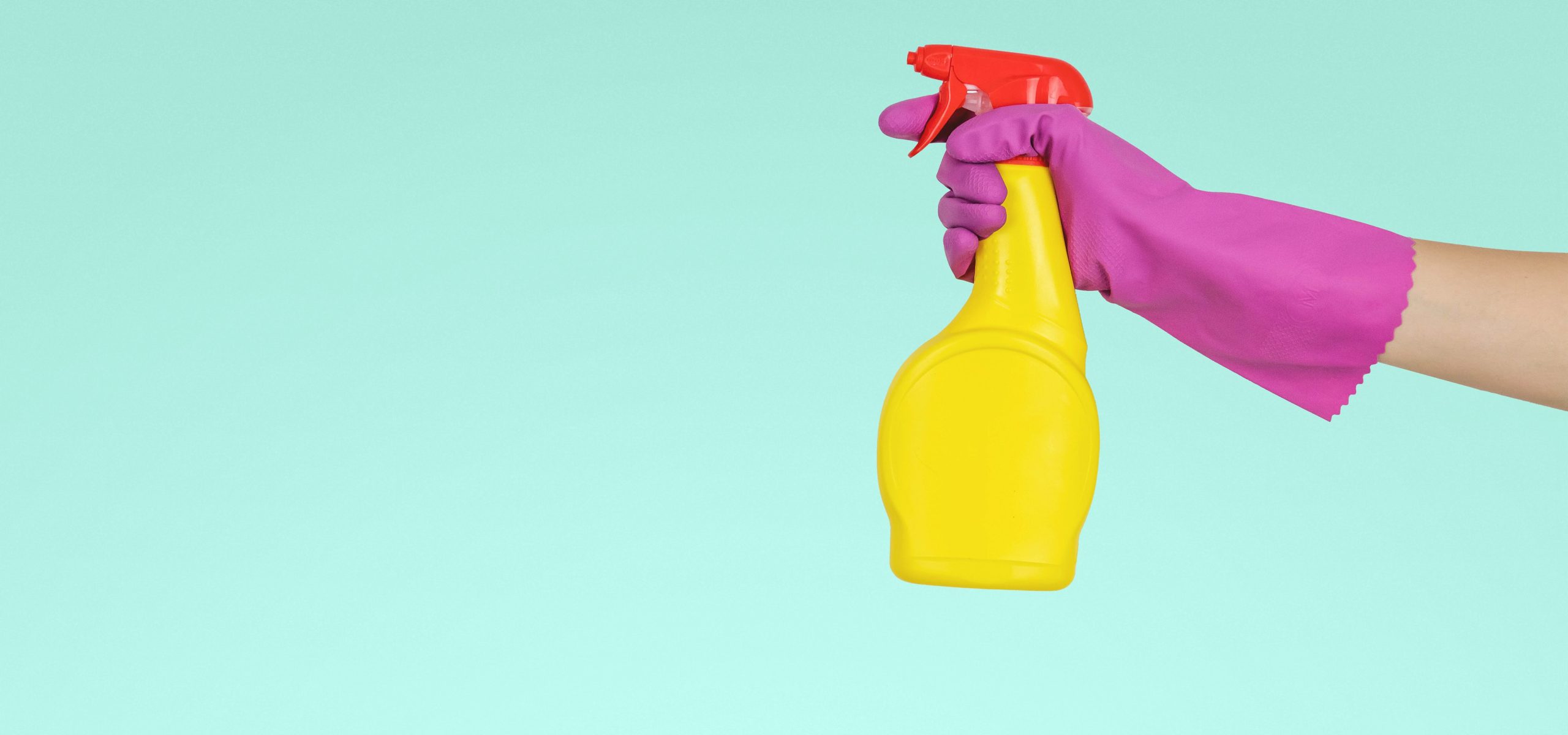Our homes can actually be more polluted than the air on our streets. The statistics for internal pollution are even more worrying given that we can spend an average of 90% of our time indoors. A study published by the European Respiratory Journal in 2012 showed that concentrations of some air pollutants can be up to five times higher than the air outside.

What is internal pollution?
Indoor air pollution is defined as harmful molecules that exist in the air inside buildings such as your home or workplace. Indoor air pollution can be caused by many things, some more well known and obvious such as damp, condensation, pollution from outside as well as dust and allergens from pets. The source of other pollutants on the other hand may be a bit more surprising.

But they can also come from new carpets, rugs, types of flooring and even pressed wood paneling.
Other gases include nitrogen dioxide sources such as wood burning stoves and gas hobs. Benzene from cigarette smoke and even scented candles.
Trichloroethylene can often be found in paint and varnishes we use for decorating our homes and even formaldehyde can be emitted from the foam in our furniture.
The extent to which indoor pollutants affect health is not fully known and until now has been largely overlooked. But evidence is starting to emerge that poor air quality in homes, the work place and even schools and nurseries is damaging our health. While air pollution’s link to respiratory disease may seem obvious, its relationship to heart, brain and fetal health is less so. Scientists believe that ultra fine pollutants can make their way deeper into the lungs where the body may mistake it for an infection and trigger an inflammatory response that can further complicate the health of other organs.
The good news is there are ways you can minimize air pollution in your home and indoor spaces.
The top ten tips to help reduce pollution in your home
- Creating a well-ventilated space that allows fresh, clean air to flow in is a great start for keeping your indoor air free of outdoor pollutants. Always open a window when you are cleaning or decorating to make sure there is plenty of ventilation. Check kitchen and bathroom ventilation fans are not blocked and are working well. Switch on extractor fans and cooker hoods when cooking. And don’t forget to check your vacuum cleaner to see if the filter is clean and free from blockages.
- Avoid using chemicals and cleaning products, if you can, use a damp cloth to clean instead or use more natural cleaning products like activated salt water (hypochlorous acid)
- Look for products that are labelled allergy friendly, as these have lower levels of volatile chemicals and are usually fragrance-free. New carpets and rugs can “off-gas”, where chemicals in the backing and fitting glue can leach out into the atmosphere. Check fitting regulations and even consider alternative flooring that may minimize pollutants better
- Use ‘natural’ paints. Paint can give off harmful pollutants months after you have decorated, so it is worth looking for the more natural alternatives. While EU regulations in 2010 reduced volatile organic compounds (VOCs) in paint, most big brands still contain numerous toxic chemicals that can cause respiratory problems
- Avoid aerosols and fine sprays. When possible, use solid or liquid cleaning products rather than sprays. Sprays get into the air, which means you can breathe them in more easily and they can get further down into your airways. This is also true for deodorants and perfumes – consider non spray alternatives
- Treat and solve damp issues in the home. Always repair leaks and avoid condensation and humid environment to avoid mould and bacterial pollutant build up
- Clean and sweep chimneys from solid fuel stoves and fireplaces regularly using a registered sweep. If this isn’t done devices become less efficient and carbon monoxide can build up
- Go green. Consider buying air purifying plants. A famous NASA experiment in 1989 found that plants can scrub the air of VOCs like Formaldehyde and Benzene. Houseplants like the Common ivy (Hedera helix), peace lily (Spathiphyllum wallisii) and Chrysanthemum morifolium are particularly effective
- Read the label. Always remember to follow advice on the labels of products about how to use them safely. Dispose of partly-used containers through your local recycling centre
- Consider investing in technology to help clean the air in your home. The right air cleaner can certainly make a difference to air purity by removing particles from the air. But do your research to ensure you get an effective solution for your needs. Use a fan with enough air volume to change the air around five times every hour in your room size. Do remember that if the air cleaner has filters, they will need to be cleaned and replaced, so in affect, only move the pollution from the air to landfill. Look for companies that have an effective recycle program to reduce and minimise waste arising from the cleaner you choose.
